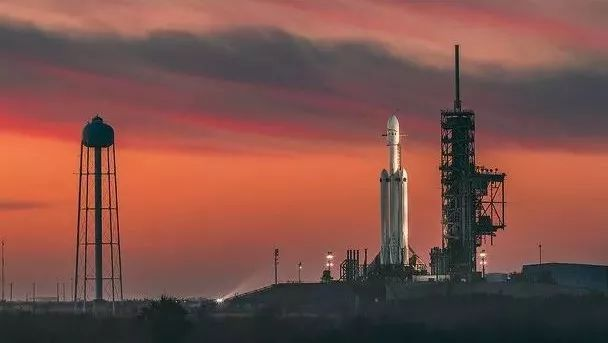Musk’s Space Dream: Heroism to Save the Earth
Just 24 hours preceding the release of Q4 earnings report, SpaceX successfully launched its Falcon Heavy rocket, recovered two first-stage boosters, and sent a red Roadster into space.
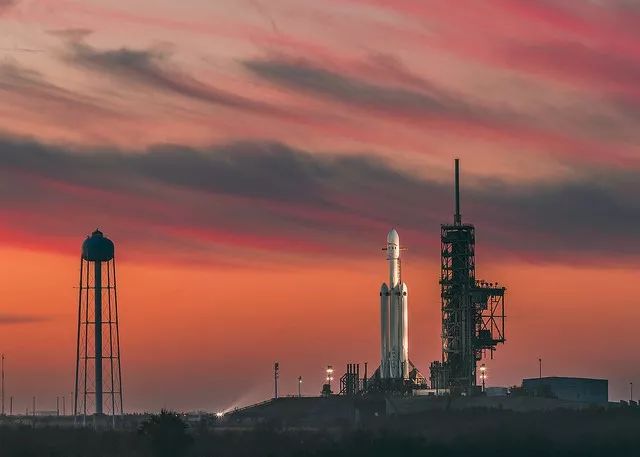
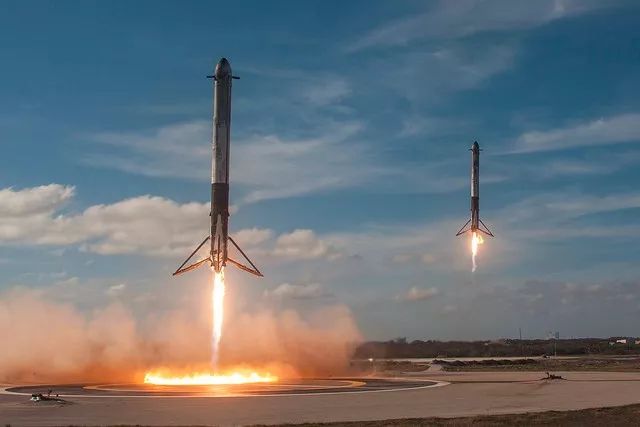
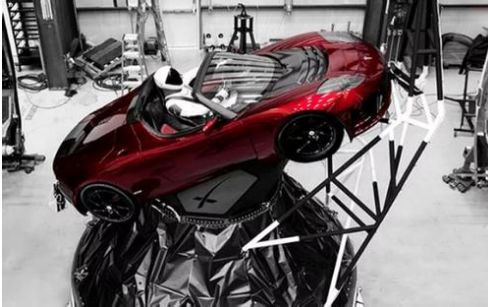
The entire world was stirred up by this news.
One question – What is the relationship between Tesla and SpaceX? Only that they share one boss?
No, it is not just that.
To put it simply: One boss, one dream.
Why launch a rocket? To send people and things to Mars.
Why send people and things to Mars? For interplanetary migration.
Why have interplanetary migration? To save humanity.
Why does humanity need saving? Because the Earth’s environment is deteriorating, and cannot support human survival forever.
Specifically, the Earth’s resources will be exhausted one day. Therefore, before that happens, achieving interplanetary migration can save the seed of human civilization.
I have written in my previous article that Tesla is Musk’s Plan B to save humanity, meaning that before interplanetary migration is achieved, sustainable energy use on Earth will be realized, and the ultimate goal of this Plan B is to provide energy for human survival with photovoltaic power generation.
For this reason, he has almost single-handedly promoted the development of the global electric vehicle trend. On the other hand, his Solar City is committed to photovoltaic energy storage, not only energy storage, but also trying to apply photovoltaic products to people’s daily lives, such as the already available Sunroof.
The future direction of Tesla’s electric vehicles will inevitably be driven by solar photovoltaic cells, and according to Musk’s thinking, energy must be completely clean.# SpaceX’s Successful Falcon Heavy Launch – A Key Step Forward for Musk’s Plan A
The Falcon Heavy, which was launched successfully today, is a crucial step in Musk’s Plan A. It is currently the most powerful operational rocket in the world, and its successful launch and retrieval brings Musk’s dream of $200,000 per person interstellar travel one step closer (although the current cost is as high as $10 billion).
This nearly-earth-bound payload rocket has a capacity of up to 64 tons and is made up of two used Falcon 9 boosters. The cost of its launch is only one-third of that of a Delta IV payload rocket, even though the Falcon Heavy’s load capacity is twice as much.
Musk plans to achieve his Mars mission step by step, with the goal of a manned landing on Mars in 2020. Time flies and I need to start preparing to grab a ticket quickly!
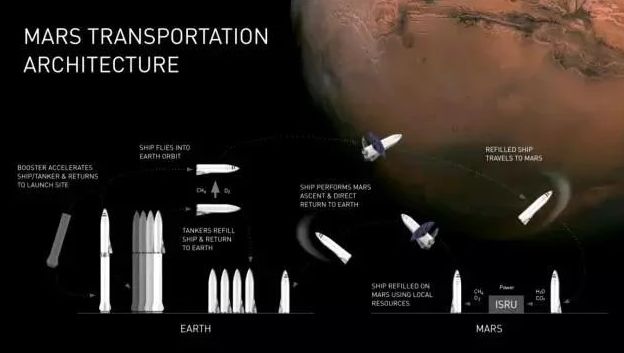
Oh, by the way, there’s one last thing – Musk’s red Roadster car “driven” by Starman was also launched into space today. The car’s dashboard displays the words “Don’t Panic,” a tribute to Musk’s favorite science fiction novel series, The Hitchhiker’s Guide to the Galaxy. It’s the galaxy’s best-selling book, marked with the famous “Don’t Panic” tagline.
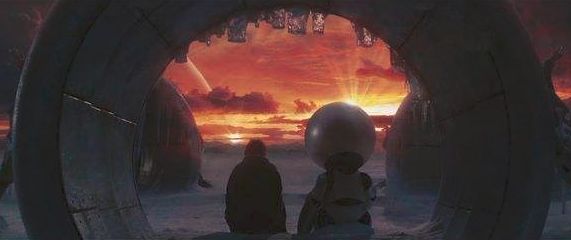
Musk plans to send the car into orbit around Mars, becoming a red satellite. However, it’s currently off course…
Plan B – Struggling Amid Growing Losses, but Remains Optimistic
Even the BBC is taking a pessimistic approach, but I don’t think there’s any need to be too negative. When I was watching the live launch, I had a feeling that Q4’s financial report would not look good – it’s actually not that bad.
Let’s review the production and delivery situation for the year. In 2017, Tesla delivered a total of 103,181 cars, of which only 1,764 were Model 3s. However, there are still more than 800 Model 3s yet to be delivered and will be included in 2018Q1 deliveries. Therefore, the production of Model 3 in 2017 was approximately 2,500 units.# Q4 Tesla’s total delivery reached a historic new high of 29,967 units, of which Model 3 was only 1,542 units. Before December, Model 3’s weekly production capacity was only around 100. In the late December, it was increased to a weekly production of 1,000.
In the financial report and conference call, it was mentioned that Model 3’s weekly production would reach 2,500 units at the end of Q1 and 5,000 units at the end of Q2.
The production bottleneck of Model 3 mainly lies in battery assembly. There are four stages (Zone 1-4) in the battery automation production line. Initially, Zone 1-2 was outsourced to suppliers. However, the supplier’s production line could not meet the demand of mass production, so the Tesla Germany team had to take over and plan to develop a new automated production line in 6 to 9 months. This is the core issue that hinders the increase of production.
In the later conference call, facing the issue of Model 3’s production capacity, JB. Straubel emphasized the idea of treating the factory as a product. They also mentioned that there is great potential for improvement in the practices of traditional automakers such as Toyota and Ford, in order to make people believe that Tesla’s factory can achieve rapid ramp-up of production.
Here I want to talk about a topic that Musk loves to talk about, exponential growth.

Remember this graph? When Musk introduced Model 3, he stated that the weekly production would reach 5,000 units in December. Look at this graph, a classic exponential growth curve, not linear growth. The reason why Tesla is confident to achieve this kind of growth lies in their way of thinking, which is to develop everything anew, including production tools. In theory, this kind of thinking is indeed logical.
So the production line of Model 3 is also newly designed. Not only is the product of Model 3 more conducive to production, but also the innovative design of the production line may greatly improve production efficiency.
Speaking of which, I thought of the tunnel designed by Musk.
Do you still remember that he designed a spectacular multi-level underground city? The tunnel has been excavated, and he claimed that the construction cost is only 1/10 of the cost of American subway construction, with a very important point being that he redesigned the excavator, which can greatly improve production efficiency.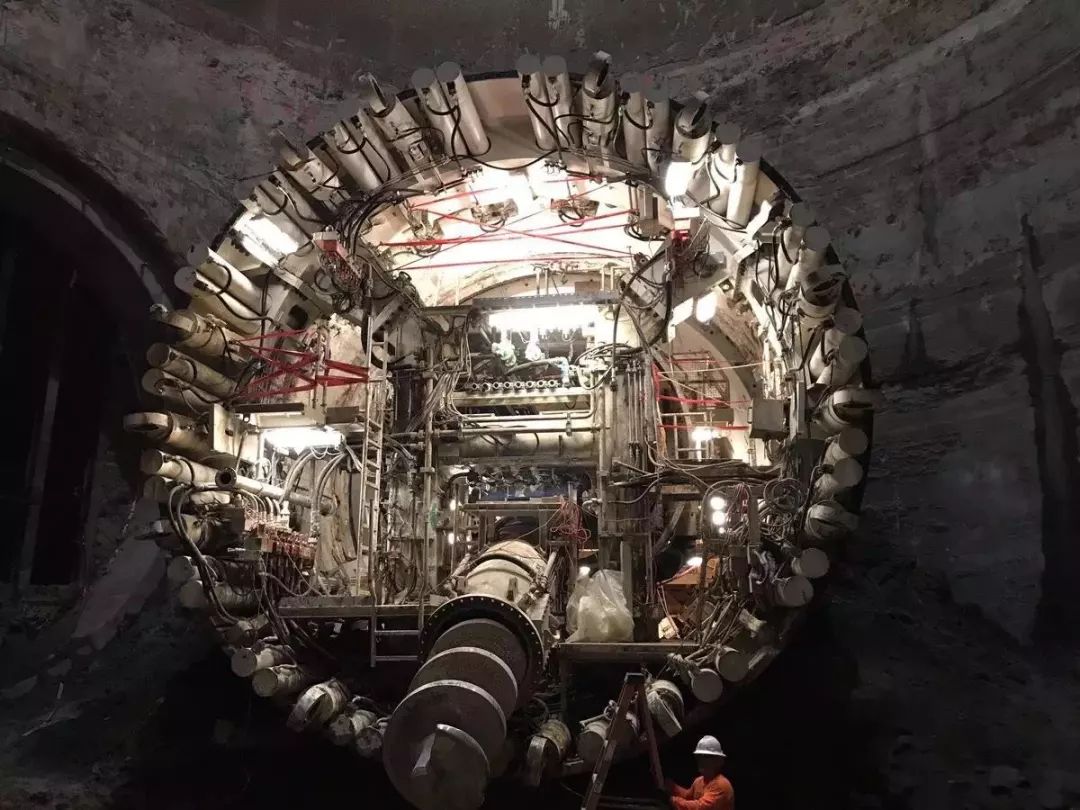
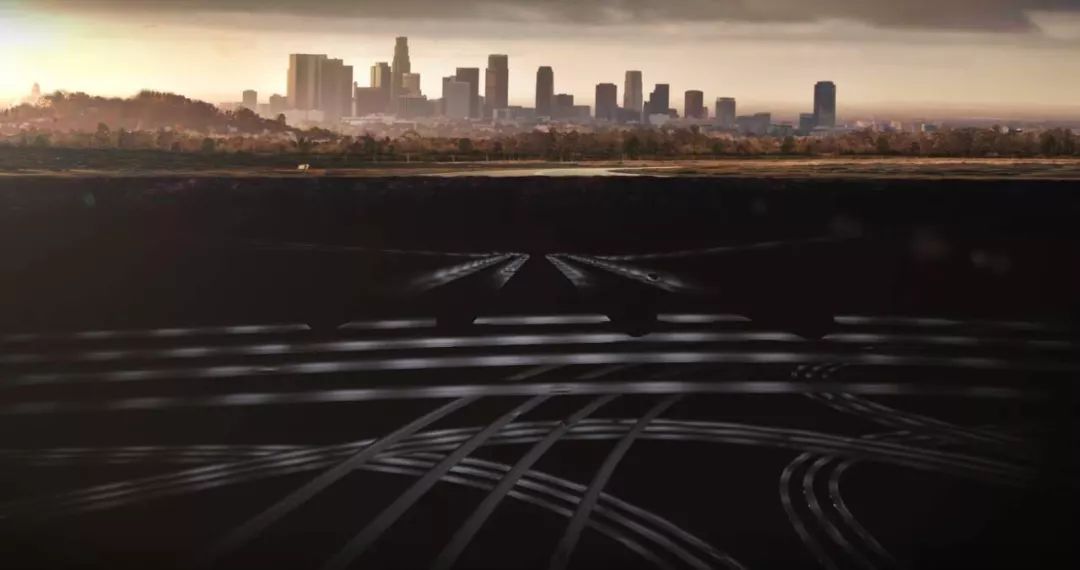
This innovative way of revolutionizing production tools extends Tesla’s product concept to production tools.
I think the next step is to manipulate the people who operate these machines – does it remind you of his Neuralink?
Going further, the three changes in the history of cars have all come from changes in production tools, not from any specific product.
Here I want to quote a famous saying from my academic crush McLuhan: “The medium is the message.” I won’t go into detail, but the meaning is that technological tools are the real things that trigger social change, not what is produced on the production line.
Regarding the Model 3 production line or Tesla’s factory, what really has revolutionary significance is that Musk redefines tools rather than just a product.
Back to the financial report.
As for Model S & X, production capacity remains at an annual level of hundreds of thousands of units. According to a description from an investor who has visited the Tesla factory in the 42Garage WeChat group, there is no plan to expand Model S & X production capacity in the next few years, and after the main production capacity is transferred to the Model 3, the production capacity of Model S & X has decreased by about 10%.
This is the first time that Tesla has sold more than 100,000 vehicles in a year since its establishment, and in the third quarter, Tesla’s cumulative sales exceeded 250,000, a historic moment. On the one hand, Tesla can finally be said to be a mature car company, on the other hand, consumers buying Tesla’s cars can no longer get the full $7,500 subsidy.
In summary of the revenue situation in 2017, both revenue and losses are higher than expected.
Tesla’s revenue for the entire year of 2017 was $3.29 billion, slightly higher than the Wall Street estimate. The loss was $2.9 billion, and the loss in the fourth quarter reached $770 million, the most loss-making quarter in history. This loss is also understandable, after all, the Model 3 is still climbing, and Tesla has launched the electric truck Semi and the second-generation Roadster this year, huge R&D and marketing costs of vehicle models are unavoidable.Although heavily in debt, Musk remains optimistic and confident in achieving positive quarterly revenue by some point in 2018, likely in Q3, which will be invested in the development of Model Y. Speaking of Model Y, it is also incredibly exciting.
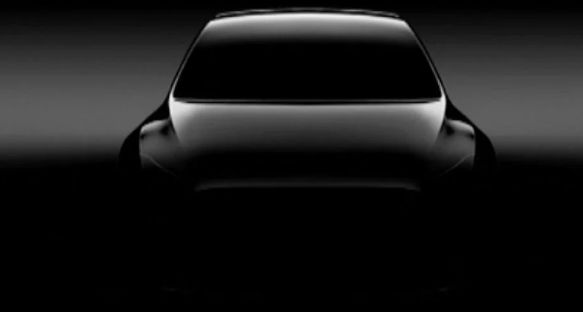
During Q1 conference calls, Musk mentioned that Model 3 only has 1.5 kilometers of wiring, making it easier to produce compared to the 3 kilometers of wiring in Model S. However, Model Y’s wiring is only 100 meters, and it is rumored that Model Y will incorporate some of SpaceX’s technologies. Using rocket-building technology to make cars is definitely exciting.
Furthermore, Musk stated during the conference call that there will be investments in Model Y by the end of 2018, and information about the factory location will be released within a few months, implying that Model Y may be produced in a brand new factory.
Will production take place in China? We’ll have to wait and see.
According to information provided by a previous investor, Tesla has already obtained permission to establish a solely-owned battery plant in China, but negotiations with the government regarding establishing a solely-owned vehicle assembly factory are still ongoing and have not yet been approved. Although they previously announced that there would be no significant investments in China within the next three years, Tesla makes decisions quickly and can immediately initiate relevant projects once negotiations are successful.
Other Than Electric Cars
Recently, solid-state batteries have been a topic of conversation both domestically and abroad, and I have been curious about Tesla’s battery technology. According to information obtained by that investor, Tesla is not optimistic about solid-state batteries but is cautiously studying a high-energy density battery technology that is currently in a state of secrecy.
Regarding autonomous driving, with the continuous increase in customer numbers, Tesla is collecting more and more high-quality data, and the cross-country autonomous driving test in the US is coming soon. In 2018, Autopilot will launch a series of new autonomous driving functions.
Stores and Superchargers: Tesla’s global service and exhibition centers have reached 330, with 12 new ones opened in 2017. There are a total of 1,128 Supercharger stations globally, with 338 added in 2017. In addition, the number of mobile service vehicles continues to increase, reaching 230 and with a customer satisfaction rate of 98%.In terms of photovoltaic business, Tesla built the world’s largest photovoltaic energy storage project in South Australia in 2017. The photovoltaic business continued to grow healthily throughout the year, with sales growth higher than lease growth.
Solar tiles have already begun production in the 2nd Gigafactory located in Buffalo in the fourth quarter of 2017. The annual production capacity is 150,000 sets, and both Musk and JB. Straubel have already installed solar tiles at their homes. Due to consistently high demand, it is expected that there will be over a year’s worth of orders in the coming quarters.
Before the financial report was released, there was a successful rocket launch, which even drew Trump to take the lead. Tesla’s stock rose and then fell. However, it has become commonplace for Tesla to lose money, and since Musk said that revenue will be positive in 2018, let’s believe it for now. After all, he gradually made his boastful claims come true.
Lastly, when watching the rocket launch video on February 7th, I was moved to tears by this image. I wonder if you have also felt the deep love for this blue planet?
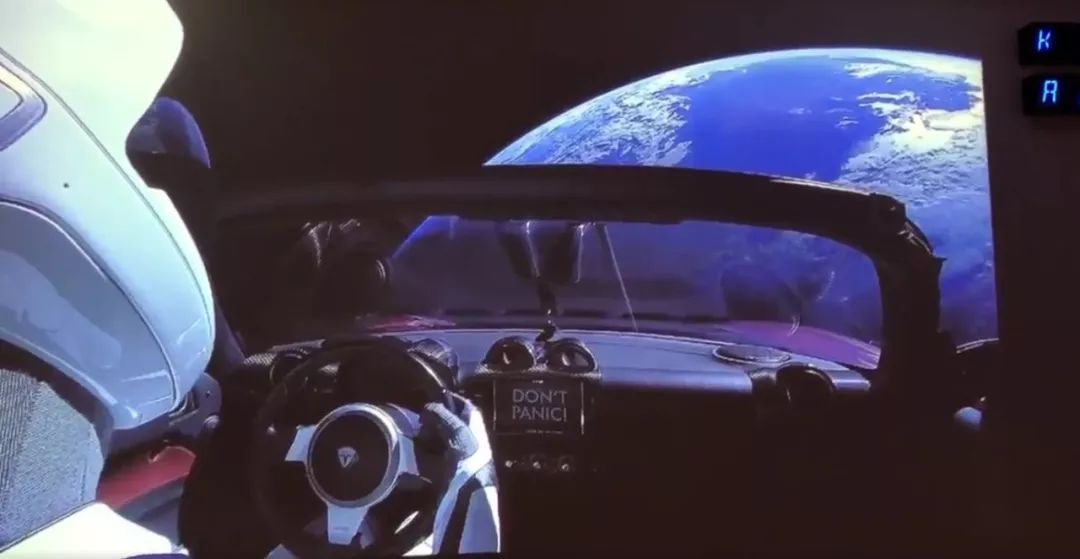

-
How difficult is it to start a car company?* Why does Tesla’s battery have a short cycle life but still drive for a long time?

This article is a translation by ChatGPT of a Chinese report from 42HOW. If you have any questions about it, please email bd@42how.com.
